Blog Posts Tagged Plasma Module

Introduction to Modeling Plasma Chemistry in COMSOL Multiphysics®
Here’s your introduction to setting up plasma chemistry models. Topics discussed include transport coefficients, surface reactions, and much more.
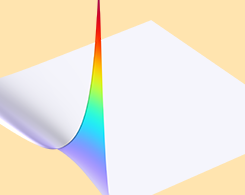
The Boltzmann Equation, Two-Term Approximation Interface
When modeling plasma, you sometimes want to define the electron transport properties as a function of the electron energy. The Boltzmann Equation, Two-Term Approximation interface does just that.
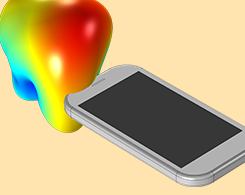
Computational Electromagnetics Modeling: Which Module to Use?
If you work with a particular electromagnetic device or application area, you might be wondering which module in the COMSOL product suite is right for you. Keep reading for a comprehensive intro.

Global Modeling of a Non-Maxwellian Discharge in COMSOL®
Keep reading for a demonstration of how to model a non-Maxwellian discharge with the Boltzmann equation in the two-term approximation using COMSOL Multiphysics®.
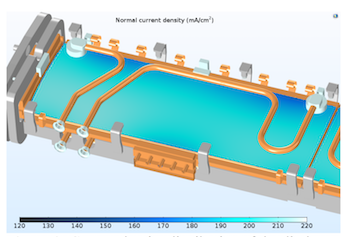
A Multilevel Approach to Modeling Planar Discharge in CO2 Lasers
Check out the multilevel approach to plasma modeling used by a researcher in the laser industry, who used the flexibility and functionality of COMSOL Multiphysics® to optimize a gas laser design.
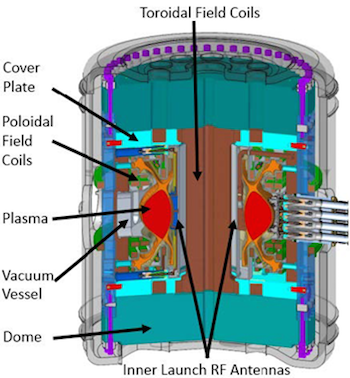
MIT’s PSFC Designs a Tokamak to Survive Plasma Disruptions
A group of engineers at MIT’s Plasma Science Fusion Center (PSFC) used multiphysics simulation to address a key challenge in tokamak design: instability due to plasma disruptions.
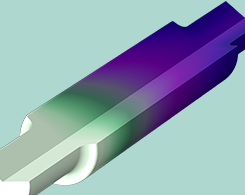
New Reacting Flow Multiphysics Interface Delivers Greater Flexibility
Get an introduction to the Reacting Flow interface, which can be used to simulate fluid flow and reactions in gases and liquids in COMSOL Multiphysics®.
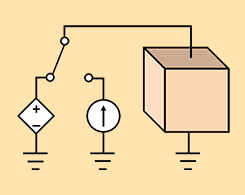
Control Current and Voltage Sources with the AC/DC Module
Did you know that you can use the Terminal boundary condition to dynamically switch between excitation types during a transient simulation? This is useful for modeling power supply, for example.
